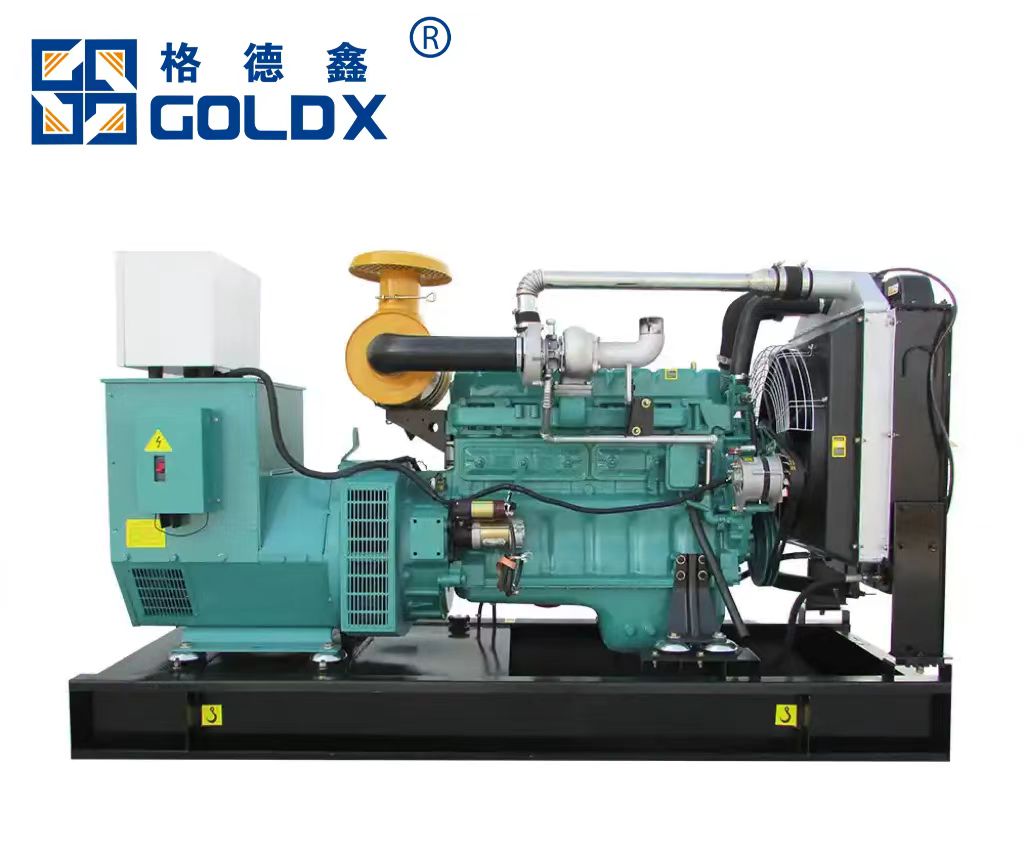With the advancement of technology, electricity plays a crucial role in our daily lives. Whether it is household electricity or industrial production, electricity is an indispensable resource. However, have you ever wondered how electricity is generated? This article will take you on a deep dive into the working principle of diesel generator sets and reveal the mysteries of power production.
Diesel generator sets are a common type of power generation equipment and are widely used in various fields. It consists of two parts: a diesel engine and a generator. First of all, let's take a look at the working principle of diesel engines.
A diesel engine is an internal combustion engine that injects diesel fuel into the cylinder and uses the high-temperature and high-pressure gas generated by compression combustion to drive the piston to move. This process can be divided into four stages: intake, compression, combustion and exhaust.
The first stage is the intake phase. A diesel engine introduces air into the cylinder through the intake valve. During this process, the piston moves downward, increasing the volume inside the cylinder and allowing air to enter.
The next stage is the compression phase. After the intake valve closes, the piston moves upward, compressing the air to the top of the cylinder. Due to compression, both the temperature and pressure of the air will increase. Then comes the combustion stage. When the piston reaches the top, diesel fuel is injected into the cylinder through the fuel injector. Due to the high-temperature and high-pressure gas inside the cylinder, diesel will burn immediately, generating explosive force to push the piston downward. The final stage is the exhaust phase. When the piston reaches the bottom again, the exhaust gas is discharged from the cylinder through the exhaust valve. This process completes a cycle, and the diesel engine will continuously carry out this cycle to generate power.
Now let's turn to the generator section. A generator is a device that converts mechanical energy into electrical energy. Diesel engines generate mechanical energy by driving the rotor of the generator to rotate. The wires inside the generator generate current under the influence of the magnetic field.
The core of a generator is the rotor and stator. The rotor is the part driven by the engine and is composed of magnets and wires. The stator is a fixed part, made by winding wires. When the rotor rotates, the change in the magnetic field will cause an induced current to be generated in the wires of the stator. The induced current through a wire transfer to the external circuit, power supply to the home, industrial equipment, etc. The output voltage and frequency of the generator depend on the rotational speed of the rotor and the strength of the magnetic field.
The working principle of a diesel generator set can be summarized as follows: The diesel engine generates power by burning diesel, driving the rotor of the generator to rotate and thereby generating current. After being transmitted and adjusted, these currents supply power to our daily life and work.
By delving deeply into the working principle of diesel generator sets, we can better understand the mysteries of power production. Electricity is no longer a mysterious force but is generated through the combination of technology and engineering. It is hoped that this article can help you gain a deeper understanding of power production.
Post time: Aug-15-2025


